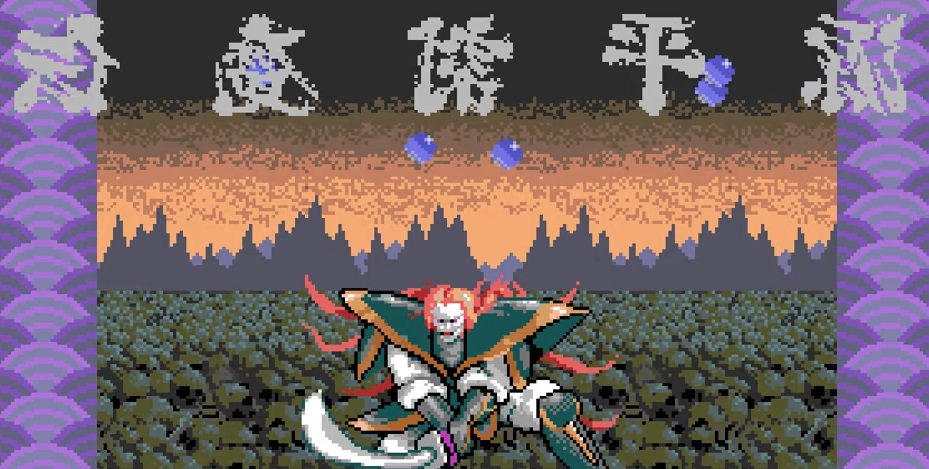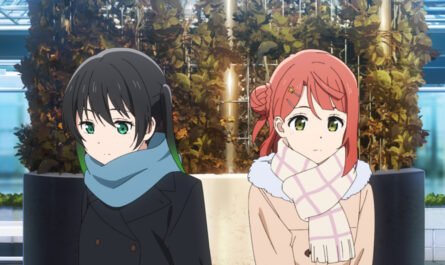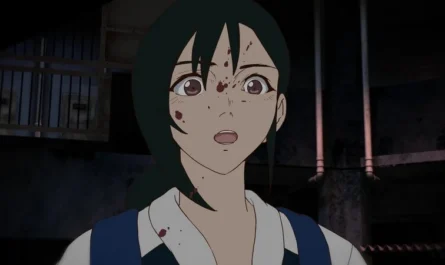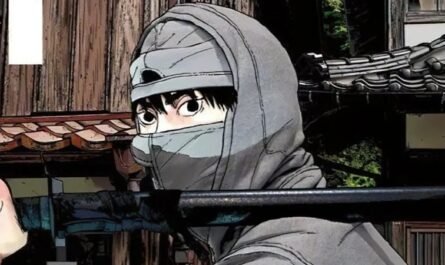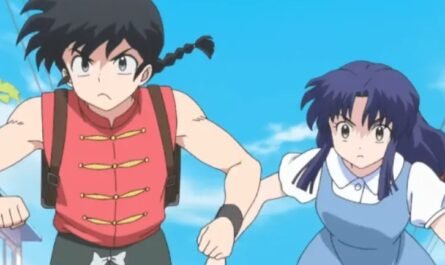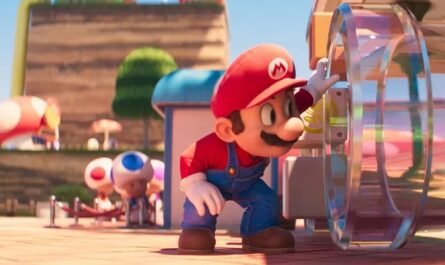At the beginning of 022, several works depicting the transition from the Heian period to the Kamakura period started on TV. The same era is told from different perspectives, with the Genji side in the taiga drama “The 13 Lords of the Kamakuraden” (NHK) and the Heike side in the anime “The Heike Story” (Fuji TV series). Then, the Petit Genpei boom is arriving.
I can’t help but remember a deeply traumatized game when I touched on the story of Genpei. The opening sentence of “The Tale of the Heike” written in the Kamakura period, “The sound of the bells of Jetavana, the sound of various acts, the color of the flowers of the twin trees, and the remarks of the desperation of the prosperous” (based on the in-game notation). It is an arcade game “Genpei Tomaden” (Namco) that starts from.
Chambara Battle with Yoshitsune and Benkei!
In “Genpei Tomaden,” released on October 1, 1986, Taira no Kagekiyo, who revived from hell, went to several countries (stages) to defeat Minamoto no Yoritomo, who sold his soul to the demons and gained the power of darkness. An action game that goes beyond and aims at Kamakura.
Last year, this work was released at Arcade Archives (Hamster Corporation) of PlayStation 4 and Nintendo Switch. I’ve played it for the first time in decades, and while the beautiful graphics and incredible sound bring back nostalgia, I’ve reaffirmed the strong personality that remains.
This work is a horizontal screen mode like a general action game and a flat mode from a bird’s-eye view that captures a comprehensive maze-like map and a big way that features a single combat swashbuckler with boss enemies such as Benkei and Yoshitsune. You can enjoy three types of battles.
Especially in the big mode, the enemy and the main character, Kagekiyo, became huge, and the beautiful graphics in Japanese taste led to a decisive battle. It greatly impacted the arcade games of 1986 and attracted many game fans who gathered at the arcade.
It isn’t easy to create a strategic route for a unique stage
Except for the big mode, it is fantastic. In a panoramic way from a bird’s-eye view, you will aim for a torii that will lead to the next stage while fighting against youkai and women wearing Junihitoe on a stage that imitates Heiankyo.
In the horizontal screen mode, a small Kagekiyo progresses while escaping or riding from a keystone with a rope attached. Not only do you fight against youkai, such as hungry demons and dragons, and aim for the torii gate, but also a bonus stage where the Buddha scatters items, a mysterious location where the developer says puns, and massive Yoricho attacks with a hum. There were a lot of variations, such as the coming stage.
The stage model is different for each country, and there is no information about which torii is connected to which country. It is just a groping state immediately after the release of the arcade. Moreover, there are multiple routes to Kamakura. I remember that everyone took notes while referring to other people’s play, such as “Which route is easier to clear?”, And was thinking about a strategy route.
Japanese-style progressive rock BGM and calm voice!
The great thing about “Genpei Tomaden” was not only the beautiful cutting-edge graphics at that time but also the sound. At that time, there was an arcade game with a sound like Konami’s “Salamander,” but “Genpei Tomaden” was incomparably “talking.” There are still many unforgettable lines such as “Ba-ka-me-!”, “Kill me!”, “Desperate whirlwind sword, Iyaaaa.”
And the song was well-received as “Genpei Tomaden,” but to be honest, the volume of the game center I go to is so low that I can’t hear it. I was shocked to listen to the “Namco Game Music VOL.1” that my friend bought. The coolness of the sound, which is a fusion of progressive rock and Japanese taste, by Norio Nakagawa, who is still active as a sound composer, is outstanding. Above all, I think that “Yoshitsune’s theme” is the best song.
After 36 years, “God died, the devil left.”
Actually, at that time, junior high school students couldn’t spend money until they cleared it at the game center. However, after repeatedly playing with the ACA version of “Genpei Tomaden,” released last year, he earned his long-cherished wish after 36 years. The only word that I have reached ends with the message “God is dead, the devil is gone” is infinite.
“Genpei Tomaden” was born in the Showa period, but it feels a bit old when you play it now, but its charm is not inferior. If you feel nostalgic for this title like the author, why not visit the online exhibition “Ludo-Musica II-Music for Games / Games for Music” that is currently being held. Prize. In addition to listening to the sound of “Genpei Tomaden” for free, Norio Nakagata, who was in charge of the composition, contributed a valuable message looking back on the situation at that time.

